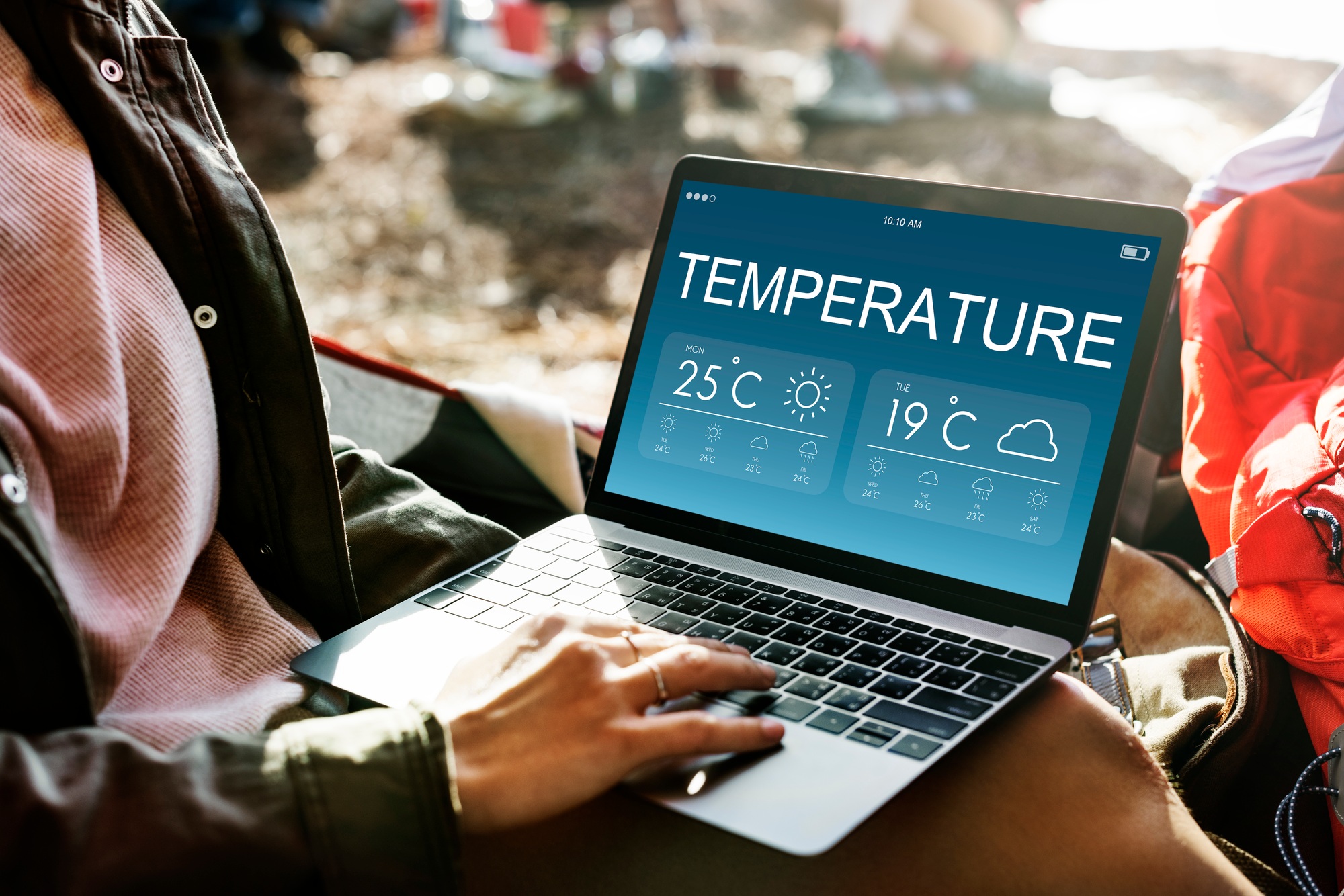Advances in artificial intelligence are transforming many fields, and weather forecasting is no exception. The new AI Aardvark system is pushing the boundaries of meteorological science by integrating vast amounts of data from satellites, radar, IoT sensors, and historical weather records. This breakthrough technology is redefining how we predict weather, from daily forecasts to early warnings for extreme events, and promises to save lives, boost economic productivity, and improve our overall understanding of climate change.

The Aardvark Breakthrough: How It Works
Advanced Data Integration
Unlike traditional meteorological models that rely on numerical methods and simplified assumptions, Aardvark leverages deep learning algorithms to process enormous datasets in real time. The system gathers inputs from:
- Satellite Imagery: High-resolution images capture cloud formations and weather patterns.
- Ground Sensors and Radar: These provide precise local data, from temperature and humidity to wind speeds.
- Historical Weather Data: Decades of records help the system learn seasonal patterns and long-term trends.
Cutting-Edge AI Algorithms
At the heart of Aardvark is a suite of neural networks designed to:
- Detect Patterns: By analyzing visual data from satellites and radar, the AI identifies subtle patterns that precede weather changes.
- Predict Dynamics: Recurrent neural networks (RNNs) forecast how these patterns will evolve over time, improving both short-term and long-term predictions.
- Adapt in Real Time: The system continuously updates its models based on new data, refining its accuracy as conditions change.
Enhancing Forecast Accuracy and Timeliness
Precision in Extreme Events
One of the standout features of Aardvark is its ability to predict extreme weather events such as hurricanes, tornadoes, and flash floods with greater accuracy. By recognizing early warning signs that human forecasters might overlook, Aardvark enables:
- Timely Alerts: Faster and more reliable warnings can help authorities prepare and respond, potentially saving lives and reducing property damage.
- Localized Forecasting: High-resolution data allow for micro-scale predictions, which are crucial for urban planning, agriculture, and disaster management.
Improving Daily Forecasts
For everyday weather predictions, Aardvark enhances the accuracy of temperature, precipitation, and wind forecasts. This improved precision not only benefits individuals planning their daily activities but also supports industries like aviation, transportation, and energy management.
Integration and Societal Impact
Bridging the Gap Between Science and Society
The AI Aardvark system is being integrated into national weather services and private sector platforms around the globe. Its benefits extend beyond mere forecast accuracy:
- Disaster Preparedness: Enhanced predictions allow governments and emergency services to mobilize resources more effectively.
- Economic Efficiency: Accurate weather forecasts can optimize agricultural practices, streamline logistics, and reduce operational costs in energy production.
- Public Safety: By providing early warnings and detailed forecasts, Aardvark helps communities better prepare for severe weather, mitigating the human and economic toll of natural disasters.
Empowering Human Meteorologists
Rather than replacing human expertise, Aardvark serves as a powerful tool for meteorologists. It offers:
- Enhanced Decision-Making: Detailed AI-generated insights supplement traditional forecasting, helping experts make more informed decisions.
- Collaborative Research: The system’s data and models foster new research opportunities, advancing the field of atmospheric science.
The Future of AI in Weather Forecasting
Continuous Innovation and Challenges
The success of Aardvark signals a shift toward more sophisticated, AI-driven forecasting. Looking ahead, further developments may include:
- Integration with Climate Models: Combining short-term weather forecasting with long-term climate predictions to better understand and mitigate climate change.
- Improved Transparency: As AI systems become more prevalent, ensuring the interpretability of their models will be key to building trust with both scientists and the public.
- Ethical Considerations: Balancing technological advancement with concerns about data privacy and the equitable distribution of forecasting resources remains a vital challenge.

Frequently Asked Questions
Q: How does the AI Aardvark system improve weather forecasting compared to traditional methods?
A: Aardvark integrates diverse data sources—satellite imagery, radar, IoT sensors, and historical records—and uses advanced deep learning algorithms to detect patterns and predict weather dynamics in real time. This allows for more accurate forecasts, especially for extreme weather events, than traditional numerical models.
Q: What impact does improved weather forecasting have on society?
A: Enhanced forecasting can lead to timely disaster preparedness, improved public safety, and economic benefits across various sectors such as agriculture, transportation, and energy. By providing precise, localized forecasts, Aardvark helps communities and industries better manage risks and optimize operations.
Q: Will AI like Aardvark replace human meteorologists?
A: No, AI systems like Aardvark are designed to complement human expertise, not replace it. They serve as powerful tools that provide detailed insights and support decision-making, while human meteorologists continue to play a critical role in interpreting data, making judgments, and communicating forecasts to the public.
The AI Aardvark system represents a significant leap forward in the science of weather forecasting. By harnessing the power of artificial intelligence, we are moving closer to a future where forecasts are not only more accurate and timely but also more integrated into the fabric of societal planning and safety. As technology and science continue to converge, the ongoing collaboration between AI and human experts promises to unlock even greater potential in understanding and predicting the natural world.
Sources The Guardian


